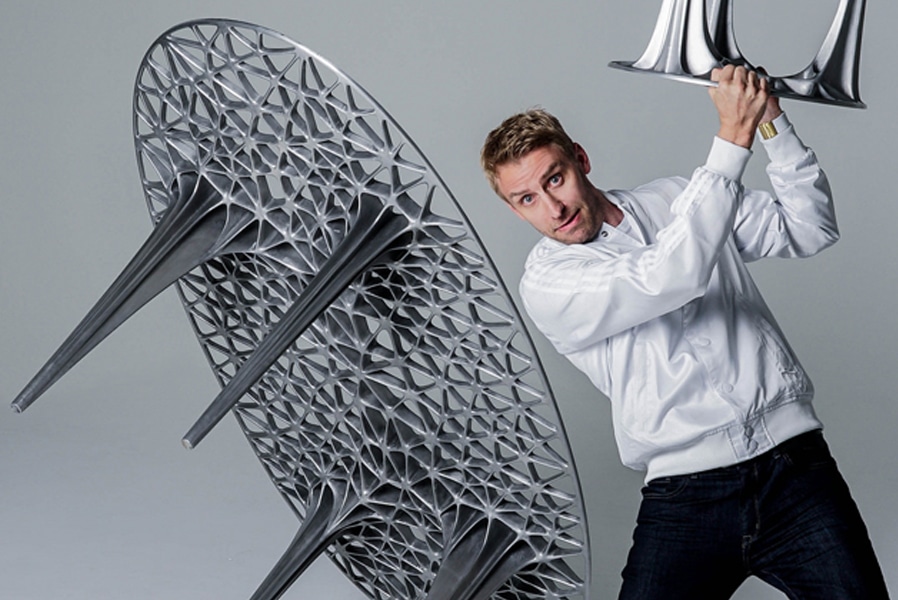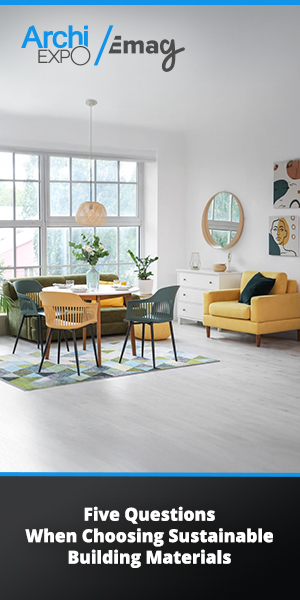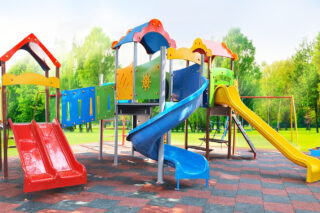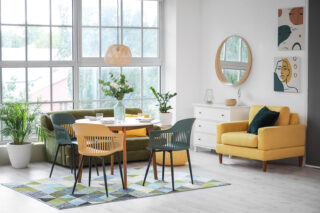While the average Joe can have a 3-D printer in his own home and select product design drawings through open-source platforms, there’s much left to understand. Dutch fashion designer Iris van Herpen amazes with flashy, complex geometrical outfits customized to individual body scans with a multi-material printer. Winsun has already completed 3-D-printed buildings in China, while the Philippines is raving the “first permitted 3-D printed operational commercial building in the world” and up now is the MX3D project to build a 3-D-printed steel bridge in Amsterdam and the office building scheduled to be printed in Dubai in 2017.
Projects following the 3-D printing path are on the rise; Boulton Eyewear sells 3-D-printed photopolymer-based glasses, for example, and designer Stephan Schürmann created a racetrack bike using colorFabb’s newest carbon fiber-based filament, the XT-CF20. But “one has to take into account that, in general, this is a new concept for the masses and that they have to be convinced of the purposes and functionality of 3-D printing,” Jos Deelen, a print engineer at colorFabb, explained to ArchiExpo e-Magazine.
Designers and architects will need to acquire very specific skills to not only make 3-D printing a fun experience to spin around the media, but to build up support for implementing this method.
“3-D printing still has a long way to go before it is ‘plug & print.”
Understanding Your Tools
Similar to understanding how to handle an Apple vs a Dell, various types of 3-D printers exist. Undermining the necessary knowledge can amount to machine failure and material waste due to incorrect geometry entries.
“As long as they have a bit of a technical head about them, anyone can learn how to use a 3-D printer,” explained Dekani “Dee” Fisher, design engineer and founder of 3dPrintedJobs, in an interview with Archiexpo e-Magazine. “How well they use that printer, however, is a different story.”
Fisher goes on to describe the important aspects one should aim to understand: 3-D modeling/CAD, the orientation of parts, geometry restrictions, clearances and also planning for post-processing operations (i.e. support material removal). Depending on the type of printer used, the CAD model will need specific manipulation for successful printing.
“Many architects aren’t used to designing for 3-D-printed parts because they tend to work in meters and not millimeters. With 3-D-printed buildings and other structural parts, you still need to think about the material you’re printing with and make sure your design is structurally sound. I’ve seen many prints collapse under their own weight,” continued Fisher.

Lab3d’s latest project for DeltaSync (specialized in floating urbanization): a printed lightweight and very energy efficient façade
Industrial designer Hans Lankhaar specialized in 3-D print technology and modeling at Lab3d, shares the philosophy that “a solid understanding of construction and 3-D modeling material and expertise of the used printing technique” are crucial skills. Lacking this knowledge and grasping old construction methods when using this new technique contributes to a waste of material, translating into economic loss and additional labor time.
“Thinking in old construction methods [is risky],” according to Lankhaar. “The new fabrication method gives you a vast amount of freedom and the possibility to re-invent buildings. Trying to replicate bricks and wooden window frames would be a waste of its potential. 3D printing also has limitations depending on the used printed technique. So it’s essential for designers to have a thorough knowledge of this new production method.”
As Fisher and Deleen mentioned, it’s not enough to design a 3-D model and send it to print. Holding the idea that all the printers are the same is a major mistake. 3-D models will need to be altered according to which printer and what 3-D printing materials are selected. Daniel Southwick, University of Toronto PhD and a specialist in digital science and expert in 3-D printing, spoke to ArchiExpo about a project he worked on to help create a 3-D printed model of a building. The original model was created to be printed using a Makerbot, the most popular 3-D printer.
“The client wanted to print it on an objet30 pro. The objet30 uses various types of materials, but the client wanted to use a see-through liquid resin. To print the original model with the objet30 pro, the cost of printing it would have been around $3600. I went back in and modified the model massively, thinning the walls and adding recess, in order to make the print reasonable in terms of cost.”
https://www.youtube.com/watch?v=COAu5ZtWUXg
Exploring Materials
As Southwick mentioned, material choice becomes vital to the design process.
“In general, not every material is printable with every technology,” explained Tim Bibow, co-founder of Stilnest, a 3-D printing platform for designers. “You choose the material considering the planned function of the object. Therefore you should always think of the material in its printed state because the raw material often has different, suboptimal characteristics.”
After gaining machine know-how, users can dive into and appreciate the vast amount of materials available.
The printing technique offers more freedom with materials than seen earlier on. Objects have been printed in gold, wood and even leather; whereas before this printing technique, designers wouldn’t take the financial risk of creating custom geometries out of gold, for example, unless they had clear-cut goldsmith skills.
“We have now started printing with smart materials and even printing living tissue with cells,” Fisher pointed out. “It’s very exciting to think about what the future holds for 3-D printing materials.”
It all boils down to acknowledging the existing possibilities for this technique, understanding the risks and acquiring the proper skills to work with 3-D printing technologies. As designer Janne Kyttanen told ArchiExpo e-Magazine:
“Just get your hands dirty with all kinds of technology. Experiment with everything you can get your hands on, and always be curious to learn more.”











